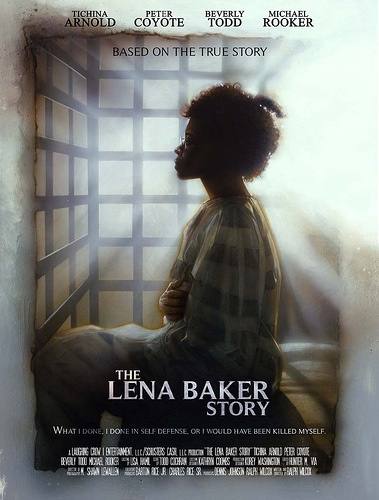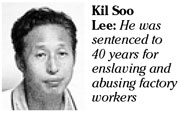Workplace discrimination against individuals who are overweight and obese is on the rise, despite the fact that more and more Americans fall into that category. The discrimination ranges from excluding obese employees from certain activities, paying them lower salaries and implementing policies that have the effect of excluding obese people. When combined with the stigma of being overweight and the social acceptability of openly airing biases against people who are fat, obese individuals often feel they have little recourse but to grin and bear it. But they don't have to do that.
Facts About Obesity in the United States
The Centers for Disease Control and Prevention (CDC) labels American society as "obesogenic," which means our lifestyles promote unhealthy eating and sedentary living. It is not surprising then that more than one-third of the population is considered obese. The CDC estimates that the direct and indirect cost of obesity (much of it in health care spending) is about $147 billion each year. Surprisingly, the more each of us weighs, the greater the amount of open bias is expressed against people who are overweight in all domains of life, in media, in schools and certainly in the workplace. Some research suggests that because being thin is becoming increasingly rarer, discrimination against the overweight is more accepted.
Obesity Discrimination in the Workplace
Discrimination against people who are obese is as common as that against minorities. Moreover being overweight has been proven to affect one's salary. Routinely, an obese person's experience includes being excluded from certain activities, passed over for promotion and being the butt of unrestrained joking. But part of the problem many obese people face is that it is difficult to prove that a worker is being discriminated against because of his weight. Moreover, overweight people, especially the women among them, pay a huge price in terms of their salary. They earn considerably less money than normal-weight individuals according to research, making discrimination against them clear-cut.
Wellness in the Workplace
Another factor making the plight of obese workers tough is that employers are stepping up efforts to reduce the cost of health care and increasing the incentives for employees to kick bad habits and get healthier. There is a business case to wellness programs in the workplace. The toll of lost days, restrictions on activities employees can perform and doctor visits add up. The cumulative effect, however, is that those workers who are significantly overweight are both demoralized and demonized and in a position of not being able to say so.
Workplace Policy Discrimination
Some companies have implemented policies whereby overweight employees have to pay more for their health insurance, because of the increased risk of greater spending obesity-related health care necessitates. The bottom line is that even well-meaning policy may cross the line and be discriminating against people who are overweight and intrude into their private lives.
Recourse
People who feel they've been discriminated against or made to work in a hostile environment because of their weight have a tough job ahead of them in proving their weight was at issue, as well as combating the mind-set that keeps weight bias firmly in place.
Some have attempted to gain protection under the Americans with Disabilities Act, claiming obesity was a disability. Few have succeeded with this argument because for many there was no proven physiological, no-fault cause of obesity. That means there aren't any federal laws that specifically prohibit this kind of discrimination.
In most workplaces, however, equal employment opportunity (EEO) laws prohibit specific types of employment discrimination, including on the basis of race, sex, age, gender, nationality and disability status. Only a handful of states, including California and Michigan, specifically include weight as a category of workplace discrimination. What really has to change is the culture and its response to obesity. Advocates for obese people say the best way to enjoy a fruitful career is to look for companies that do well with all types of diversity and work in a way to challenge the stereotypes and biases against them.
http://www.ehow.com/about_6532865_workplace-discrimination-against-obese.html
MORE ARTICLES
Too big for Google? Rejected job applicant claims search engine discriminates against fat people








